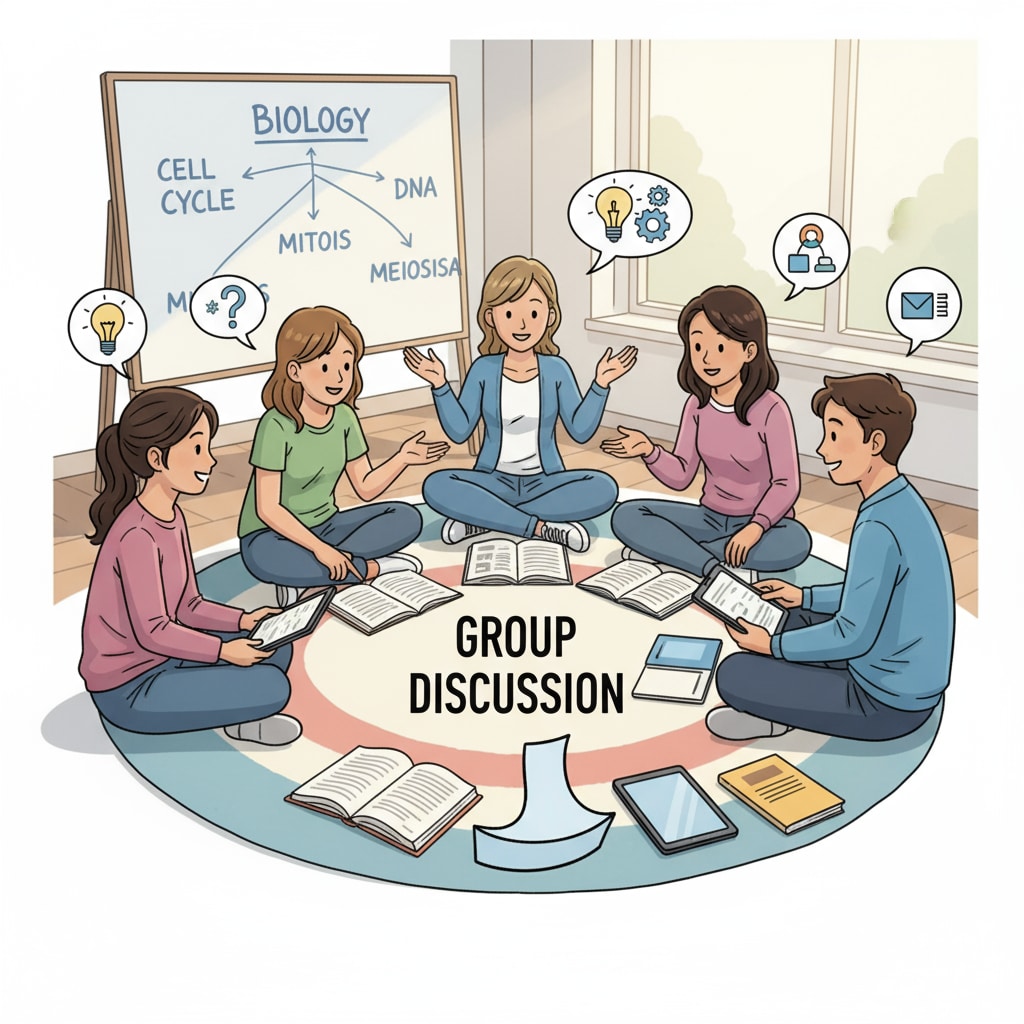In the realm of education, the age-old debate of group learning vs. individual learning and their impact on learning outcomes continues to intrigue educators and students alike. Understanding the strengths and weaknesses of each approach is crucial for K12 students to maximize their educational experience. Let’s first take a closer look at group learning.

The Power of Group Learning
Group learning offers numerous benefits. For one, it promotes collaboration. Students get to work together, share ideas, and learn from their peers. This interaction can spark creativity and new perspectives. For example, in a science project, different students may bring unique insights based on their individual knowledge, leading to a more comprehensive understanding of the topic. Additionally, group learning helps develop communication skills. As students discuss, present, and debate within the group, they become more proficient in expressing themselves. According to this article on the benefits of group work, group learning also enhances problem-solving abilities as students tackle challenges together.

The Solitude of Individual Learning
On the other hand, individual learning has its own merits. When studying alone, students have the freedom to set their own pace. They can spend more time on difficult concepts or breeze through easier ones. This personalized approach can lead to deeper understanding. Moreover, individual learning fosters self-discipline and independence. Students learn to manage their time and resources effectively. As stated in this resource about the advantages of studying alone, it also provides a quiet environment free from distractions, allowing for better concentration.
However, both methods also have their drawbacks. Group learning may sometimes face issues like dominant personalities overshadowing others or some members not pulling their weight. Individual learning, conversely, can be isolating and may lack the diverse viewpoints that group interaction provides. Therefore, the key lies in finding a balance.
Readability guidance: We’ve explored the benefits and drawbacks of group and individual learning. In the next steps, educators and students can consider how to blend these two approaches to achieve the best learning outcomes. By combining the collaborative nature of group learning with the personalized focus of individual learning, students in the K12 stage can enhance their educational journey and reach their full potential.


